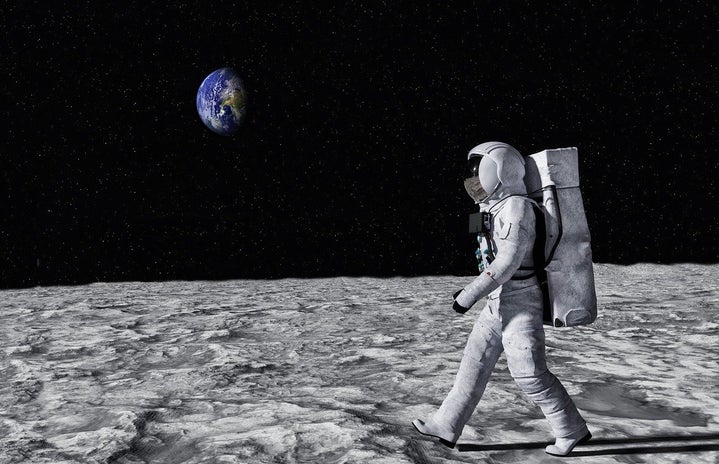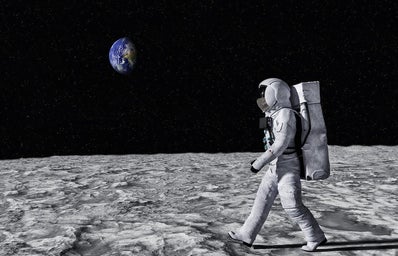Have you looked up to the sky during the day, to the stars at night or around wherever you are to wonder what’s the meaning of life? Sometimes, we stop to think and realize that we actually don’t know anything about who we are and why we are here. The universe is bigger than what humankind thinks and there may be life anywhere else as well as there might not.
That’s why it is important to understand our home planet first at its best; environments, species, climate, including our own species and all its features. By then, we might understand what’s outside. Did you know that…
Are we made from star stuff?
The theory of humankind being made of the dust that comes from the stars was explained by the famous astronomer and “Cosmos” show host, Carl Sagan. Turns out that stars are actually composed of extremely large quantities of atoms, which contain all the necessary elements that allow for humankind to live on Earth, such as oxygen, carbon or nitrogen. Those elements were created in stars billions of years ago, around 5 billion.
There are different types of stars, and each one of them has a different lifespan. When a massive star dies, it explodesーcausing what’s called within the field of astronomy as a nova or supernova. The supernova leaves around space a lot of this “star stuff” that is mostly dust and gas composed of all those elements and atoms it had inside. They disperse, as Sagan stated, through interstellar space and eventually get or become a part of other planets and stars.
This means star stuff got to Earth before life even started on the planet. The reaction of some of these elements started creating life (and everything that surrounds us, for that matter) and fulfilling all objects that are composed of matter; humans, animals, phones, cars, trees…basically, anything that you might see or use on a daily basis. Now look at your hand, around you… Smell, hear, feel, taste, live! And when you look up to the sky, remember that everything is connected because you are made of what is up there too.
Lifespan of planet Earth
Our home is not forever, as you may think! That’s precisely why we have to take care of it.
As you know now, all the stars age, and the Sun is also a star; our star, planet Earth’s star. The light of the Sun is essential for life on Earth, since it radiates the energy and heat that makes practically all the food accessible, besides controlling other things like weather patterns. Humans and animals need to eat, and most need plants for that. Plants, in turn, need sunlight to grow; and produce oxygen, which is also essential for all living animal species.
The sun will become a nova or supernova at some point too. Life on Earth depends on the age of the Sun. This means that, when our star life is over, Earth will disappearーincluding its species, its oceans and everything we now know.
Now, if you think of it that way, you may wonder if we were, are or will be alone. There may be billions of other planets that had life at some point and through centuries got to the same fate, where the star that kept them alive died. There might even exist some that are just starting to use those elements and dust that perhaps remained after an explosion of a star.
We’ll never know! Science just keeps advancing and hoping to find life somewhere else someday.
But for now, you can say you are made of star stuff!


